At The Bench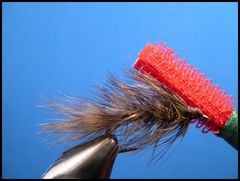 Whitlock Dubbing BrushThe idea for this neat little tool came from Dave Whitlock. It's one of the handiest tools on my tying bench. Many fly tiers pick out dubbing with a bodkin to give a a fly a buggier look. But only a few tiers have found that a so called "Dubbing Brush" generally works much better. The first time I saw a "Dubbing Brush," it was used by Dave Whitlock. The following day I made one and I have been using it ever since. The Whitlock Dubbing Brush is very simple to make. All you need is a wooden dowel for the handle and a piece of velcro for the brush. Use super glue to affix the velcro to the dowel, some heavy thread to decorate the handle, and you're in business. 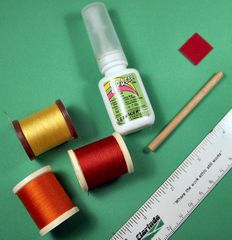 I have read fly tying articles by others who have their own version of a "Dubbing Brush." I remember that one writer, who was also a marksman, suggested using a brass wire 22 caliber bore brush. Another, who had a dentist friend, suggested using a "Dental Roach." Rich Osthoff, creator of the Soft Hackle Wooly Worm and author of "No Hatch To Match," uses a gun cleaning brush that's not a bore brush but a brush that's designed for cleaning gun parts. He tells how to acquire one in his book. He also suggests that a tooth brush, with the bristles cropped, can be a useful "dubbing brush." I have tried them all, but they are quickly put aside in favor of the first Dubbing Brush I ever used. Here is how I build the "Whitlock Dubbing Brush." 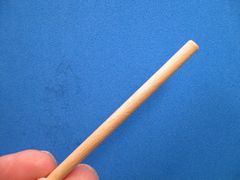 Step 1 Cut a three-inch piece of 3/16th inch dowel. 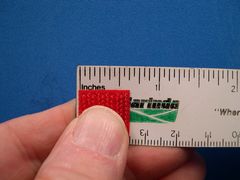 Step 2 Select a piece of Velcro, the piece with hooks, and cut it to size. It will fit the dowel perfectly if the piece you cut is exactly 5/8th inch wide. 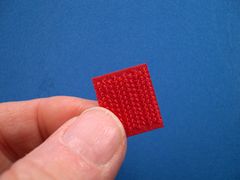 Step 3 Velcro comes in strips that vary in size from one-half to one-inch in width. The piece in this photo came from a strip that is three-quarters inch wide. So, the piece that will be attached to the dowel is 3/4 inch by 5/8 inch. 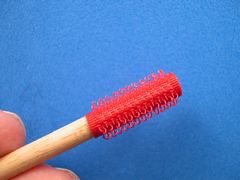 Step 4 Cover the back of the velcro with Zap-A-Gap or other super glue and afix it to the dowel as shown in the photo. 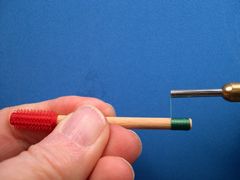 Step 5 At this point, your Dubbing Brush is ready to use. But, I think that such a useful tool should have some decoration, so I cover the handle with bands of different colored threads. I use rod winding thread, but any heavy thread will work. You can easily attach the thread as shown in the photo. When you change to a different color, simply put a little Zap-A-Gap on the existing thread and take a couple more turns. The glue dries immediately and you're ready to add the next band. 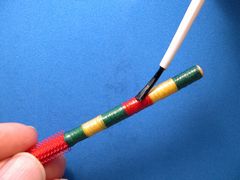 Step 6 After you have completed the bands of thread, varnish the handle with a couple of coats of "Hard As Nails" nail polish. 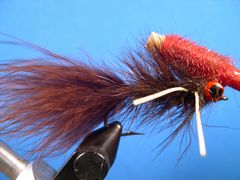 Step 7 Here the Dubbing Brush is being used on the Holschlag Hackle Fly. I use it on any fly that has a dubbed body from a tiny Red Fox Squirrel Nymph or a large Soft-Hackle Wooly Bugger. And, once you have used one, you will too!
Warmwater Fly Tyer - by Ward Bean
© Copyright 2025 Ward Bean, Council Bluffs, IA, All rights reserved. © Copyright 2025 Ward Bean, Council Bluffs, IA, All rights reserved.
|